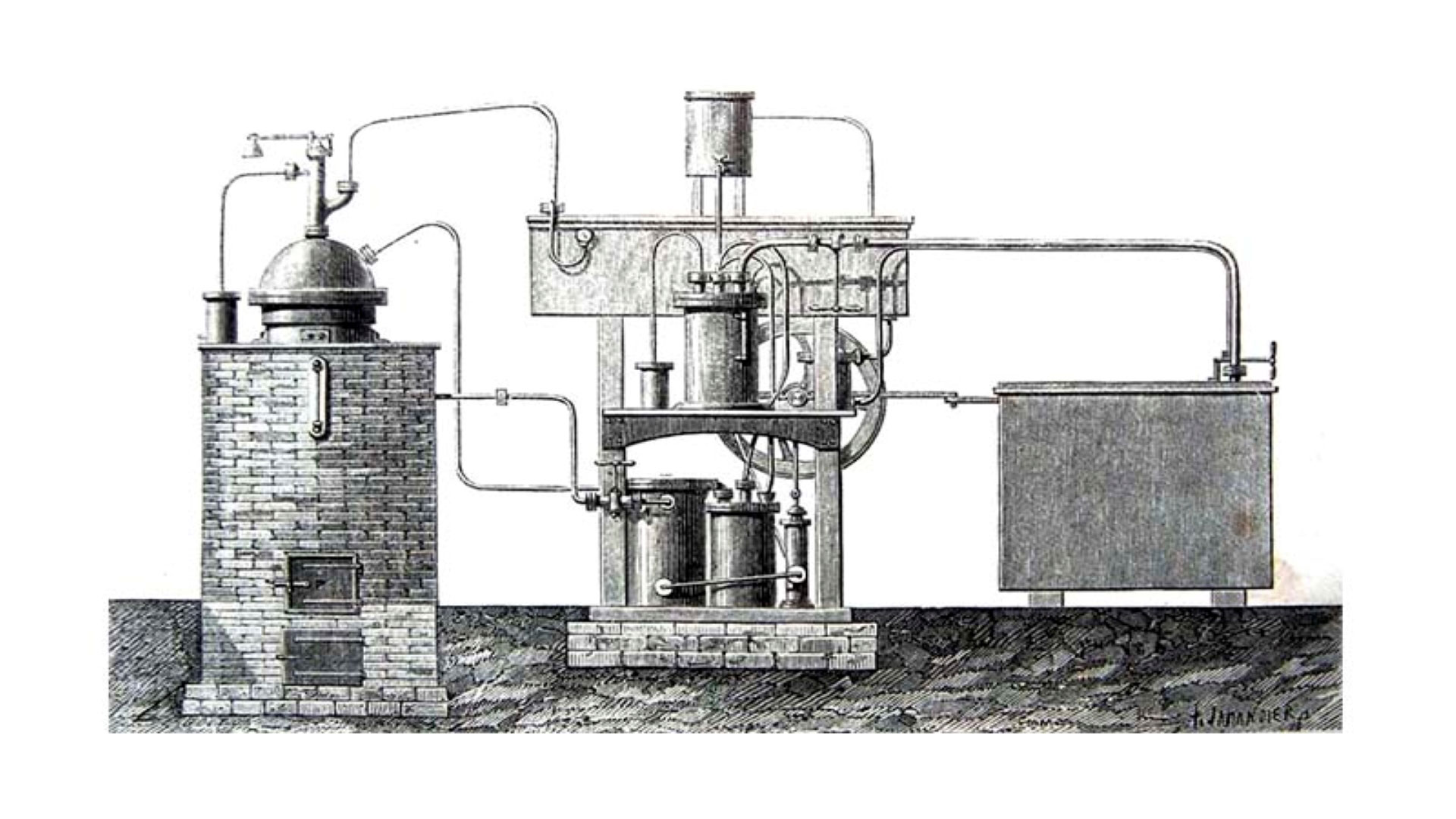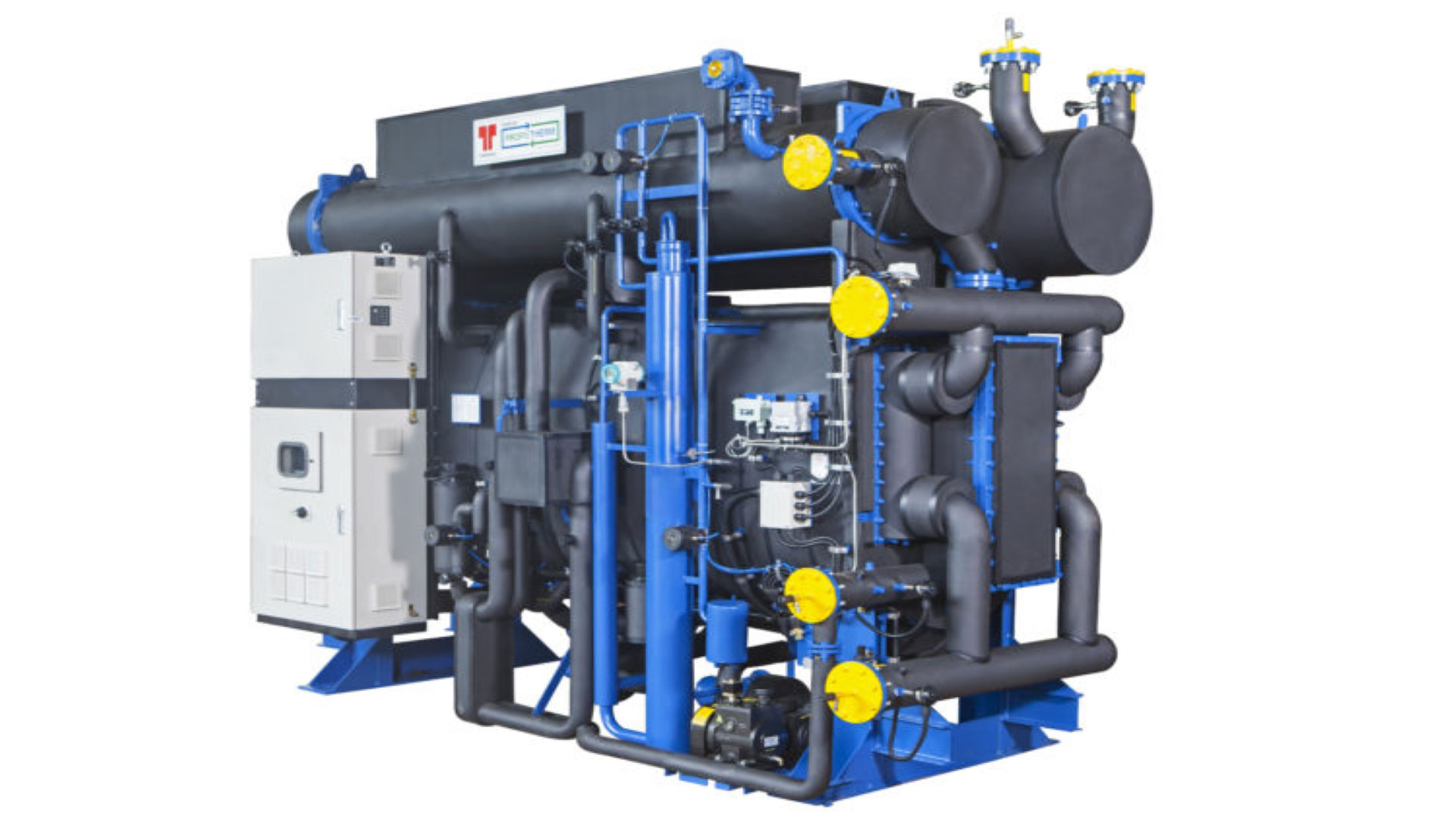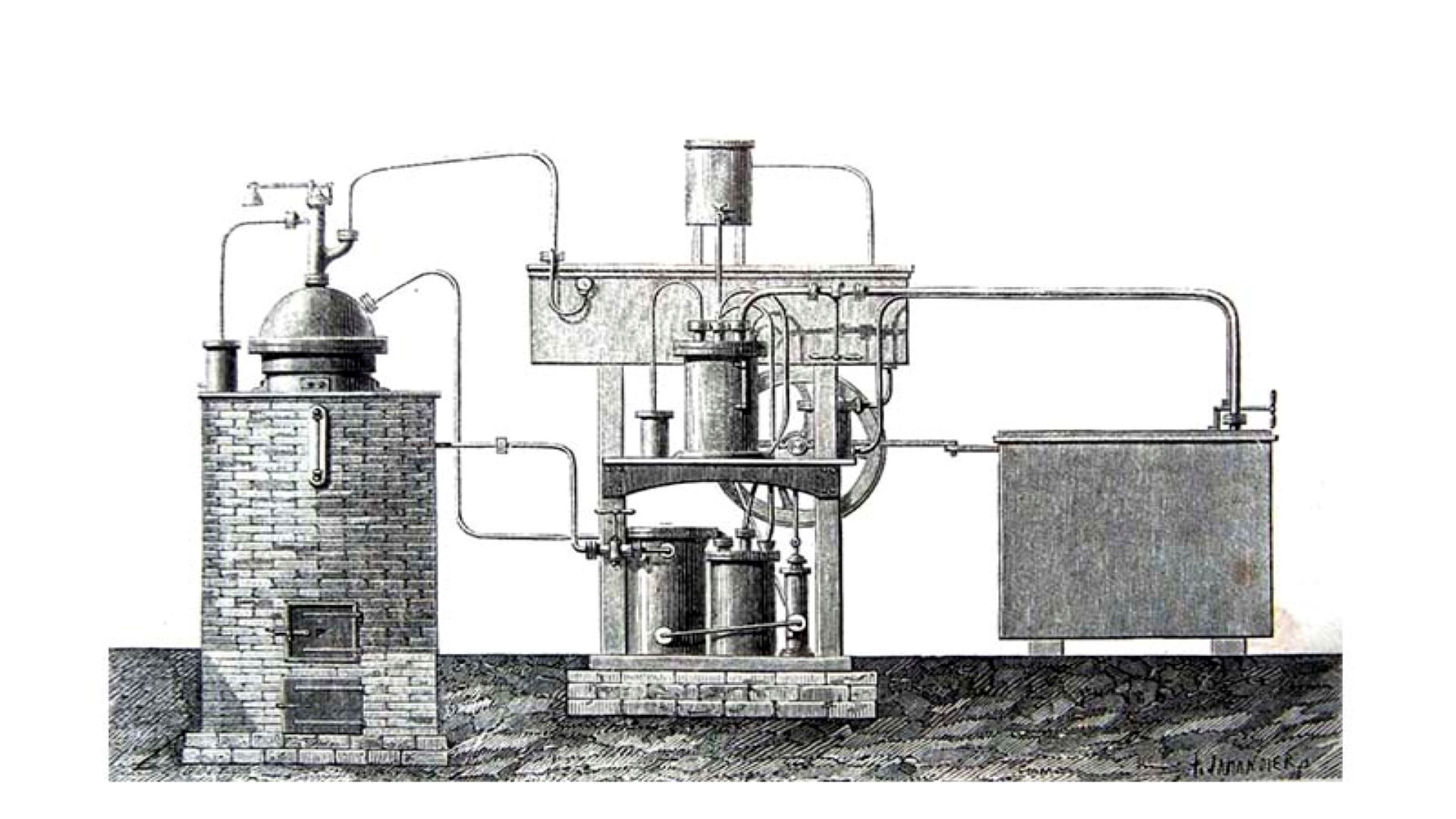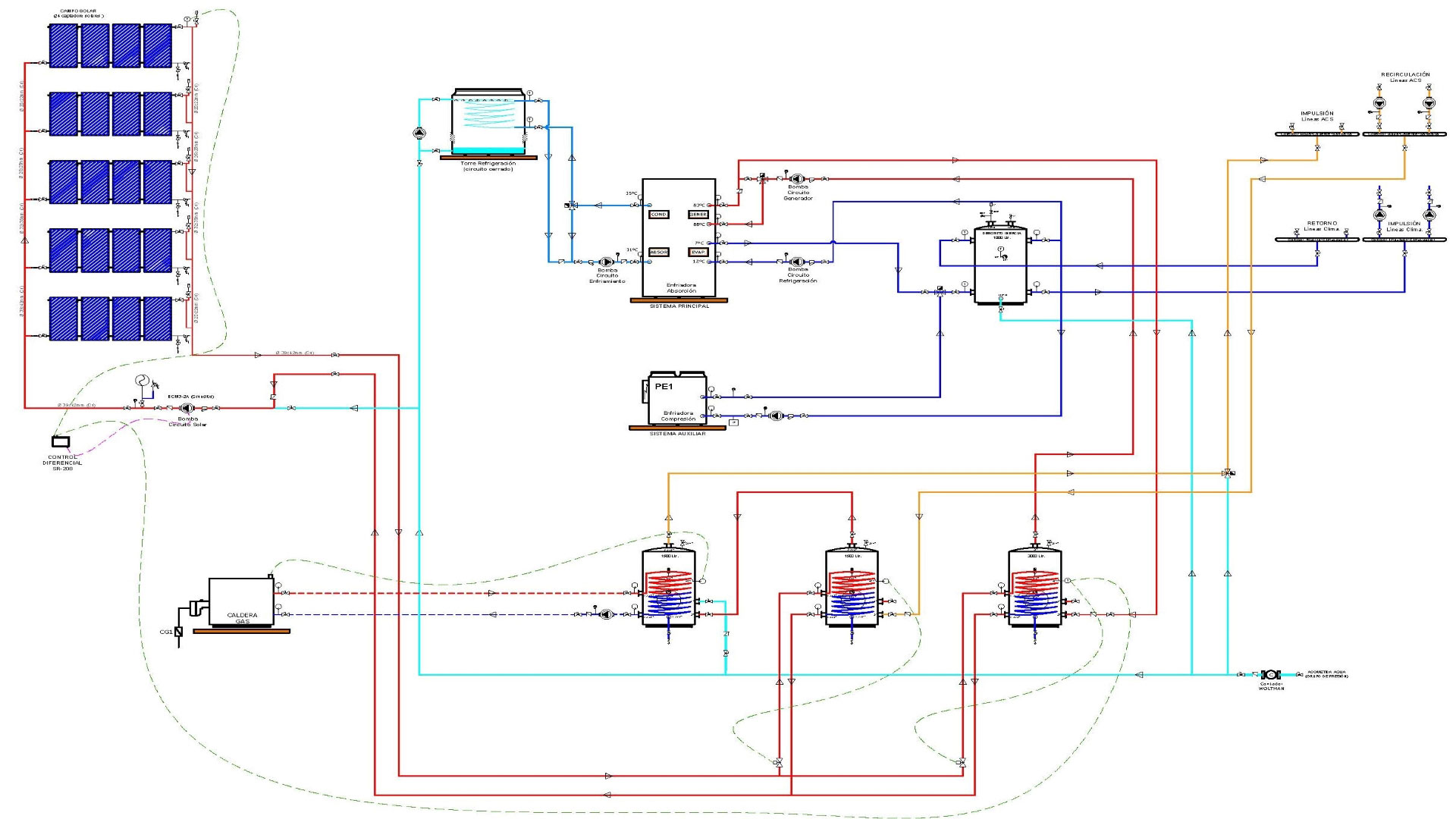The term “solar cooling” may seem contradictory, but it refers to an energetically viable and proven solution for the air conditioning of different spaces. When a solar cooling system is used, in addition to the advantages of using a renewable energy source, it is worth highlighting the coincidence between maximum demand and maximum production, which usually occurs precisely when there is maximum solar radiation.
The most common equipment on the market for the use of solar cooling is heat absorption equipment activated by thermal energy. This is a concept developed in 1859 in Paris by Ferdinand Philip Edward Carré, who invented the first absorption cooling machine in history.

The most commonly used absorption machines are single-effect machines, in other words. they only produce cold. These use lithium bromide-water solutions, where lithium bromide (LiBr) acts as an absorbent and water as a coolant. The system works with working temperatures of around 80-90ºC in the generator, and with condensation temperatures below 38ºC.
For the installation of this equipment, it is necessary to provide a continuous supply of hot water at a minimum temperature of 80ºC and at a flow rate determined by the manufacturers of the equipment. This supply is obtained by installing solar collectors. In addition, a system for heat dissipation or cooling of the circuit must also be provided.
In large-scale installations, these heat absorption units can act as the sole cooling element or in collaboration with the main cooling generation systems. In addition, solar cooling systems can also act as a safety measure for the high energy surpluses that can occur during the summer months, for example in heated swimming pools, where the solar water heating system can act as a generator for the absorption equipment. In this way, all the surplus energy can be used for air conditioning and dehumidification during these months.

The efficiency of an absorption machine (Coefficient of Performance or COP) represents the ratio between the thermal energy supplied in the generator and the cooling energy produced in the evaporator. Taking into account the operation of these systems, the typical COP has values between 0.6 and 0.75. In other words, for every kWh of heat consumed by a single-effect absorption machine, between 0.6 and 0.75 kWh of cold is produced.
By Francisco Lozano, MEP engineer in the Architectural Department of Amusement Logic







